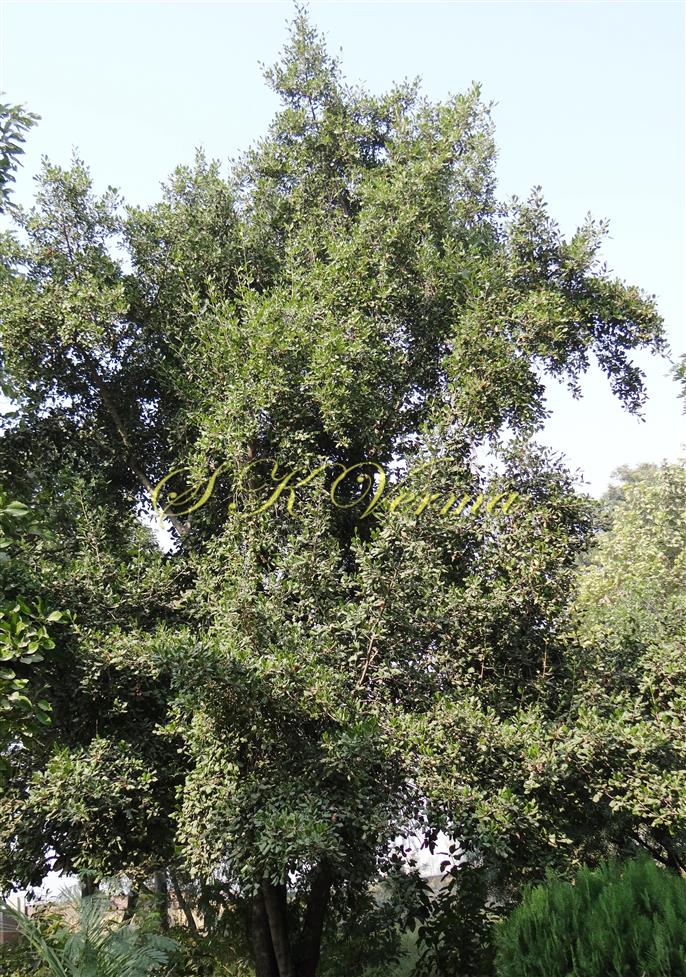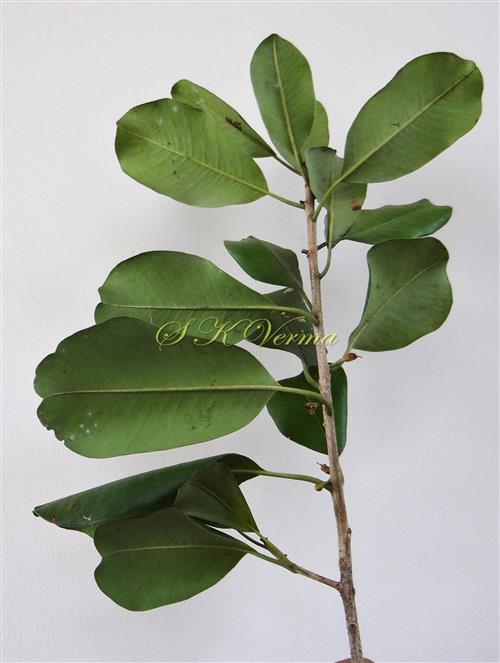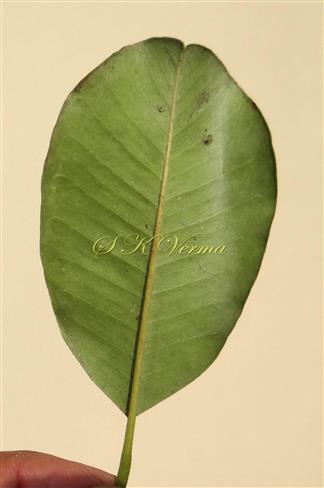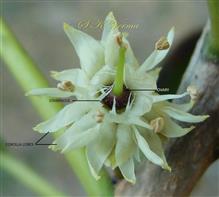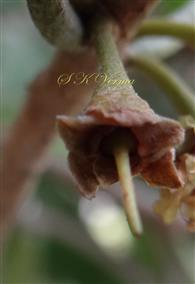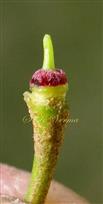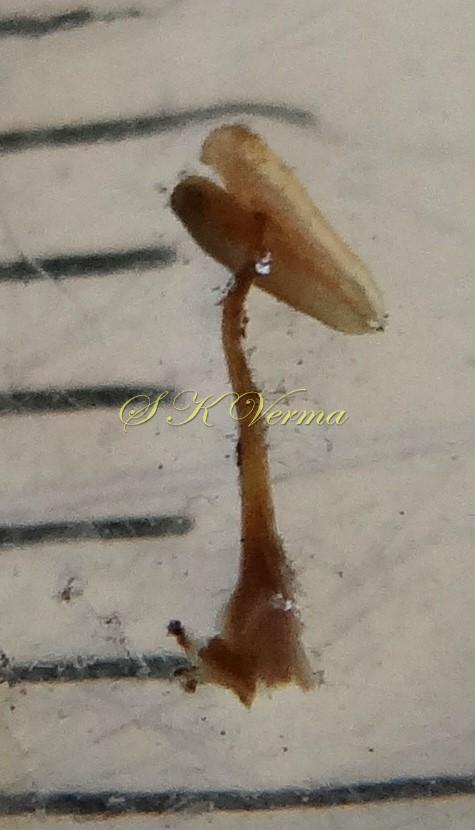MANILKARA
Manilkara
Adans., Fam. Pl. 2: 166. 1763; Corner, Wayside Trees of Malaya 1: 599. 1952; Fl. China 15: 206. 1996; Malik, Fl. Pak. @ eFloras.org p. 5; Wunderlin & Whetstone, Fl. North. Amer. @ eFloras.org 8: 234; Achras L., Sp. Pl. 1190.1753.
Shrubs or evergreen trees with milky juice. Stem unarmed, tomentose or glabrous. Leaves alternate, petiolate, persistent, coriaceous; stipules present or absent. Flowers solitary or fascicled, axillary; bisexual, actinomorphic, hypogynous. Sepals 6 in two whorls of 3 each, outer valvate, darker, abaxially densely hairy. Corolla gamopetalous, star-shaped; tube short; lobes mostly 6, white or yellow, glabrous, each lobe 3-segmented or outside each with 2 lobular appendages. Stamens 6, opposite corolla lobes; staminodes 6, alternating with corolla lobes, erect or incurved, petaloid, triangular-lanceolate, apex acuminate, irregularly serrate, fimbriate to lobate, glabrous or hairy. Ovary superior, 6-14-locular; placentation axile or basiventral; ovules solitary in each loculus; style shortly conical; stigma minute. Fruit a berry, ovoid or globose, 1-6 seeded. Seeds compressed, large with a narrow ventral elongated scar.
77 species
Key to the species
+ Flowers white. Fruit rusty-brown, many seeded. ...................M. zapota
Manilkara hexandra
Manilkara hexandra
(Roxb.) Dubard, Ann. Mus. Colon. Marseille ser. 3,3: 9. 1915; Mohann & Henry, Fl. Thiruvanthapuram 277. 1994; Sasidh., Fl. Chinnar WLS 179. 1999; Fl. China @ eFloras.org 15: 206; Malik, Fl. Pak. @ eFloras.org p. 8; kerelaplants.in; Mimusops hexandra Roxb., Pl. Corom. t. 15. 1795; Hook. f. Fl. Brit. Ind. 3: 549. 1882; Gamble, Fl. Pres. Madras 766 (538). 1921; Parker, For. Fl. Punj., ed.1: 306. 1918 (Reprint 1973); Mimusops indica A. DC. in DC., Prodr. 8: 205. 1844.
Evergreen trees, to 20 m high, bark blackish-grey, longitudinally fissured and cracked, rough; exudation milky, bole straight. Branches glabrous. Leaves simple, alternate, often closely clustered at the ends of branchlets, with conspicuous scars, exstipulate; petiole 1.8-3 cm, slender, slightly grooved above, glabrous; leaf blade 5-10 (-15) cm x 3-5 (-7) cm, elliptic, elliptic-obovate, obovate-oblong, glabrous, coriaceous; base acute; apex obtuse or emarginate; margin entire, undulate; lateral nerves 10-20 pairs, closely pinnate, slender, midrib raised below; intercostate reticulate. Flowers small, bisexual, actinomorphic, hypogynous, 7-10 mm across, white, solitary or in fascicles of 2-6; pedicel thick, 0.8-1.8 (-3.5) cm long. Sepals 6, in two series of 3 each, 5-6 mm x 3-3.5 mm, reflexed, ovate to ovate-triangular, subacute, rusty tomentose outside. Corolla white, tube short; lobes 18 in 3 series of 6 each, lobes oblong, ca. 3 mm long. Stamens 6 (-8), occasionally more, opposite to interior petal lobes; filaments ca. 2.5 mm long, dilated at base; anthers 1.5 mm long, ovate, dorsifixed, dehiscence longitudinal; staminodes alternating with stamens, shorter than stamens, incurved, ca. 3 mm long, 2-4-parted into linear processes. Ovary superior, pubescent, ca. 2 mm, 12-locular; style 4-5 mm, subulate; stigma simple.
Fruit a berry, ellipsoid, 1.5 mm x 8 mm, reddish-yellow; seed usually one. (Fruits not observed)
Common Names: Ceylon Iron Wood, Milk Tree, Wedge-leaved Ape flower: Khirni, Kshiri, Rayan (Hindi)
